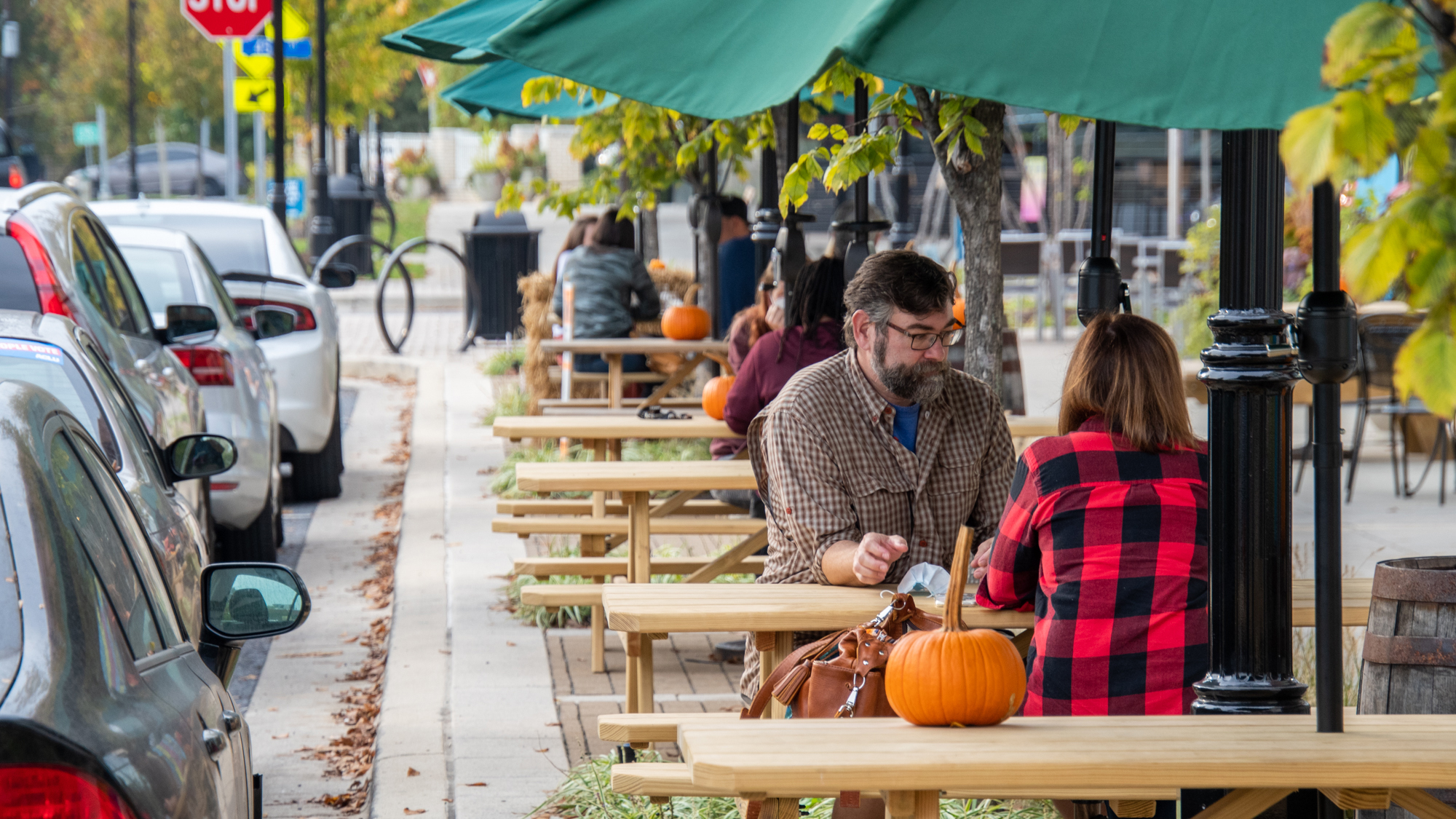Views expressed in opinion columns are the author’s own.
If there is one thing I miss most about pre-pandemic life, it’s the ability to go out with friends and family for a meal. It’s no secret that local businesses have suffered as a result of the pandemic; with many places having to adapt to an online, socially distant platform, the switch to a virtual setting was a challenge for many businesses and customers alike. But perhaps no businesses have suffered more than those built upon social interaction and in-person experiences — restaurants, for instance, which have struggled to adapt.
To decrease the risk of infection, many dining establishments have stressed the use of outdoor patio seating in its limited capacity. Those that have managed to stay afloat were often able to comply with the Centers for Disease Control and Prevention guidelines and maintain a comfortable environment for customers in the warm summer months with outdoor dining. Since June, Prince George’s County restaurants have been able to operate outdoor dining and indoor dining at 50 percent capacity to comply with CDC guidelines about social distancing.
But restaurants are preparing for the onset of the cold winter months, when outdoor dining is often uncomfortable and unenjoyable — fewer customers means less profit. As a result, many restaurants will either be forced to downsize their seating capacity once more or close their doors for good.
These businesses already took a hit when they were out of work from March to June during the lockdown; for the first three months of the pandemic, the restaurants and food service industry lost nearly $120 billion in sales with 100,000 restaurants forced to close this year. Add onto this the costs of heaters, tents and other outdoor patio supplies necessary for continuing outdoor dining in the winter, and the cost of staying open can quickly become unprofitable.
Local businesses account for 44 percent of U.S. economic activity. If small businesses are truly the backbone of the American economy, the government should be racing to supply new funds.
While the Cares Act has been instituted to help small businesses, it is not without challenge. Many complain of the complicated nature of the application process, the immense wait period for loan approval and the smaller amounts of money available. And nearly all the funds are allocated. If the government does not act soon, the money that was put forward to keep the economy afloat will run out, leaving businesses in a continued struggle.
COVID-19 doesn’t seem to be going anywhere anytime soon. One round of stimulus funding is simply not enough during a pandemic with no end in sight. Even with the addition of the Cares Act, small businesses are struggling to receive their funds and remain afloat. Of the 70 percent of the $350 billion set aside specifically for small businesses went toward large corporations where only four percent of those who applied were approved within the first few weeks of lockdown. And even when approved, these loans are only meant to cover around eight weeks worth of payroll — a blip in the monthslong pandemic.
I’m not saying restaurants should be allowed to open at full capacity; doing so is a dangerous move that threatens the physical health and safety of members of the community. But leaving them to struggle financially poses a different threat to both local families and the greater economy. The businesses that provide more jobs and a sense of hometown comfort and that support working class American families — not giant corporations that are already backed by billions of dollars — need support from the government.
Instead of forcing businesses to pick up the pieces on their own and risk their health, more funding and resources must be put forward to save dying American businesses.
Gabriella Kurczeski is a junior English and psychology major. She can be reached at gkurczes@terpmail.umd.edu.



